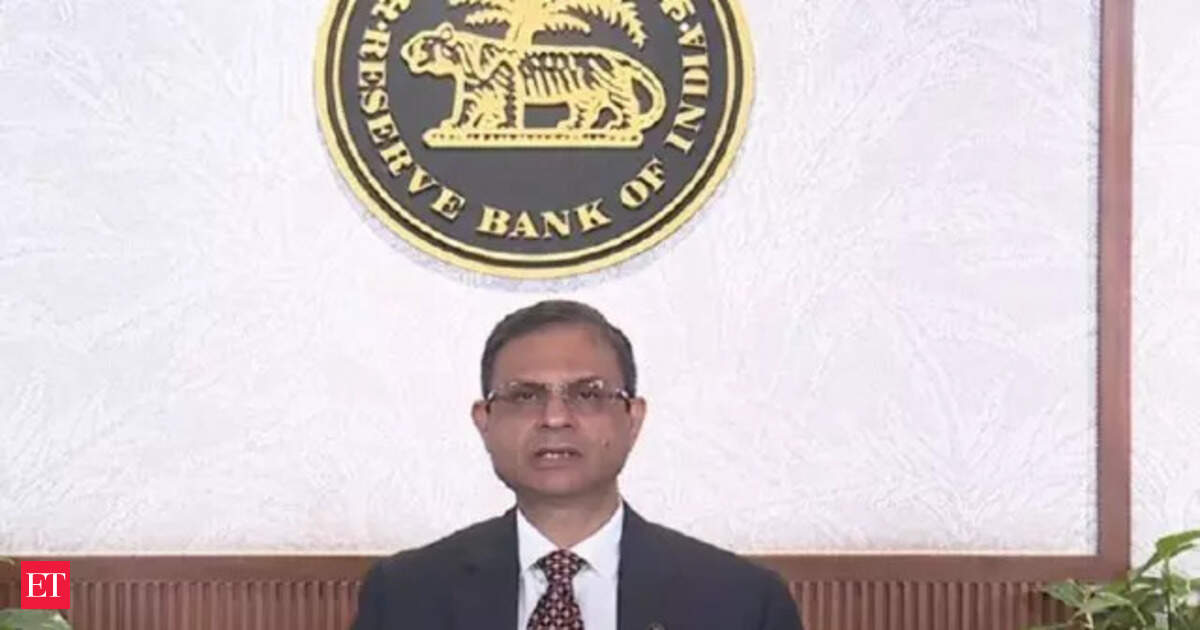Now Reading: RBI Signals Scope for Future Rate Cuts
-
01
RBI Signals Scope for Future Rate Cuts
RBI Signals Scope for Future Rate Cuts

Swift Summary
- repo Rate Decision: The Reserve Bank of India (RBI) maintained the repo rate at 5.5% during its Wednesday meeting, keeping a neutral monetary policy stance.
- Rate Cuts History: RBI earlier implemented a cumulative 100 basis points cut across three bi-monthly meetings in 2025.
- Growth Forecast: India’s GDP growth remains forecasted at 6.5%. Trade and tariff uncertainties, along with inflation data, were cited as key considerations for future rate decisions.
- Industry Reactions:
– RBI’s decision was deemed appropriate by various industry leaders, emphasizing stability and strategic caution amid global trade uncertainties.
– Experts noted room for further rate cuts depending on upcoming macroeconomic data and inflation trends.
– Financial inclusion initiatives like retail SIP access to Treasury Bills were praised along with streamlined bank locker claim settlements.
– Impacts of prior repo cuts are being positively transmitted through lower lending rates to borrowers and stronger domestic demand uplift potential.
- Sector-Specific Insights:
– Stable interest rates could benefit housing demand in mid-to-premium segments with borrowing costs manageable for homebuyers.
– Financial leaders highlighted improvements in liquidity due to surplus banking funds from prior CRR cuts.
Indian Opinion Analysis
The RBI’s decision to hold repo rates steady reflects its cautious approach amidst external global trade uncertainties and ongoing transmission of previous rate reductions within the economy. By maintaining status quo on interest rates while highlighting a neutral stance, policymakers aim to balance inflation control against the imperative of bolstering growth.The unchanged GDP projection at 6.5% demonstrates optimism regarding domestic economic resilience despite external risks such as tariffs looming larger under international pressures led by trade policies largely influenced by US trends mentioned widely during discussions.Further financial inclusion measures like enhanced retail access signal progress toward democratizing investment opportunities-an significant move in fostering broader trust among retail investors.
Sectoral implications suggest stable borrowing environments could sustain momentum across industries such as real estate-especially ahead festive upticks Pro/input touch
Industries tighten
























